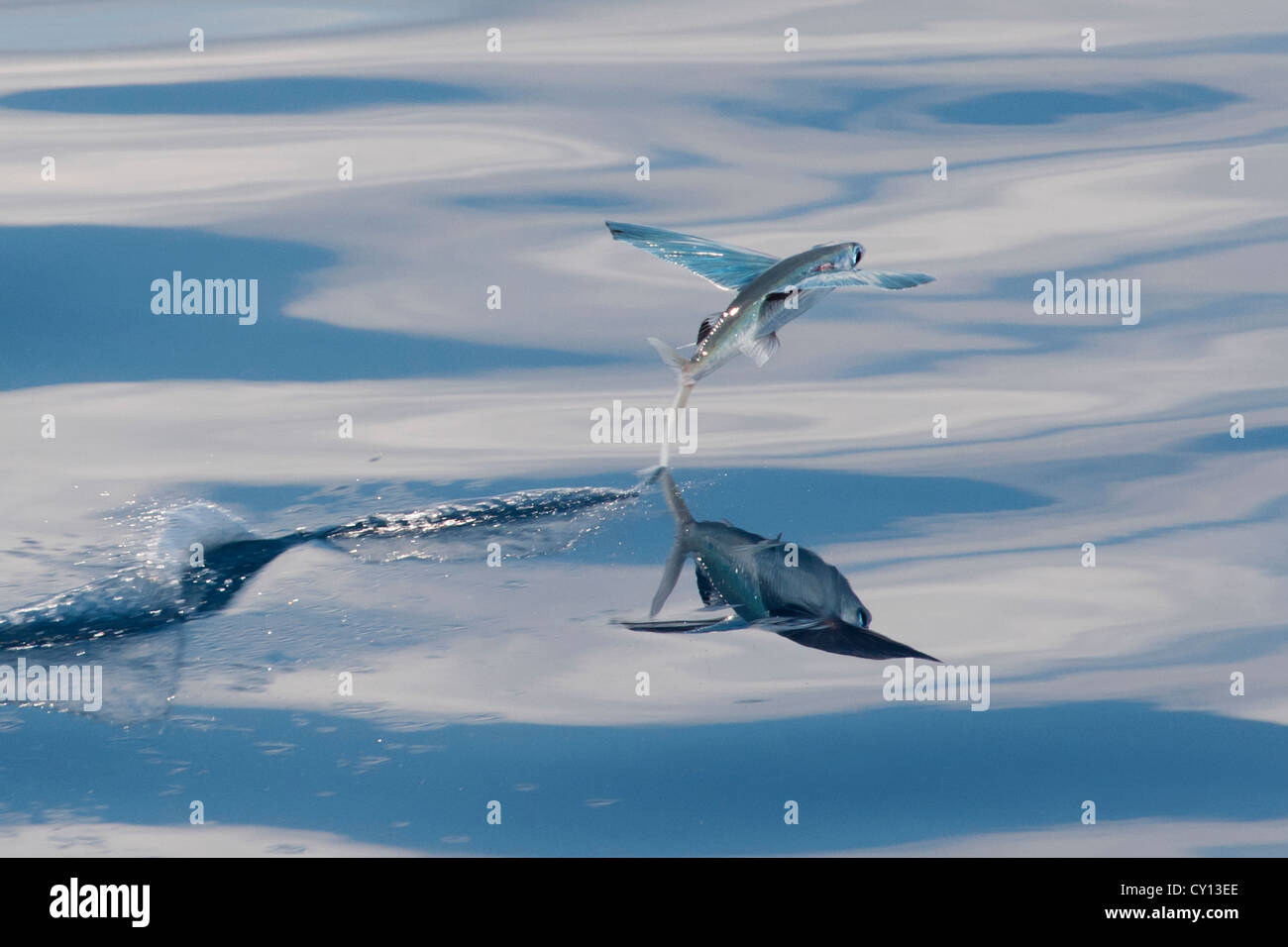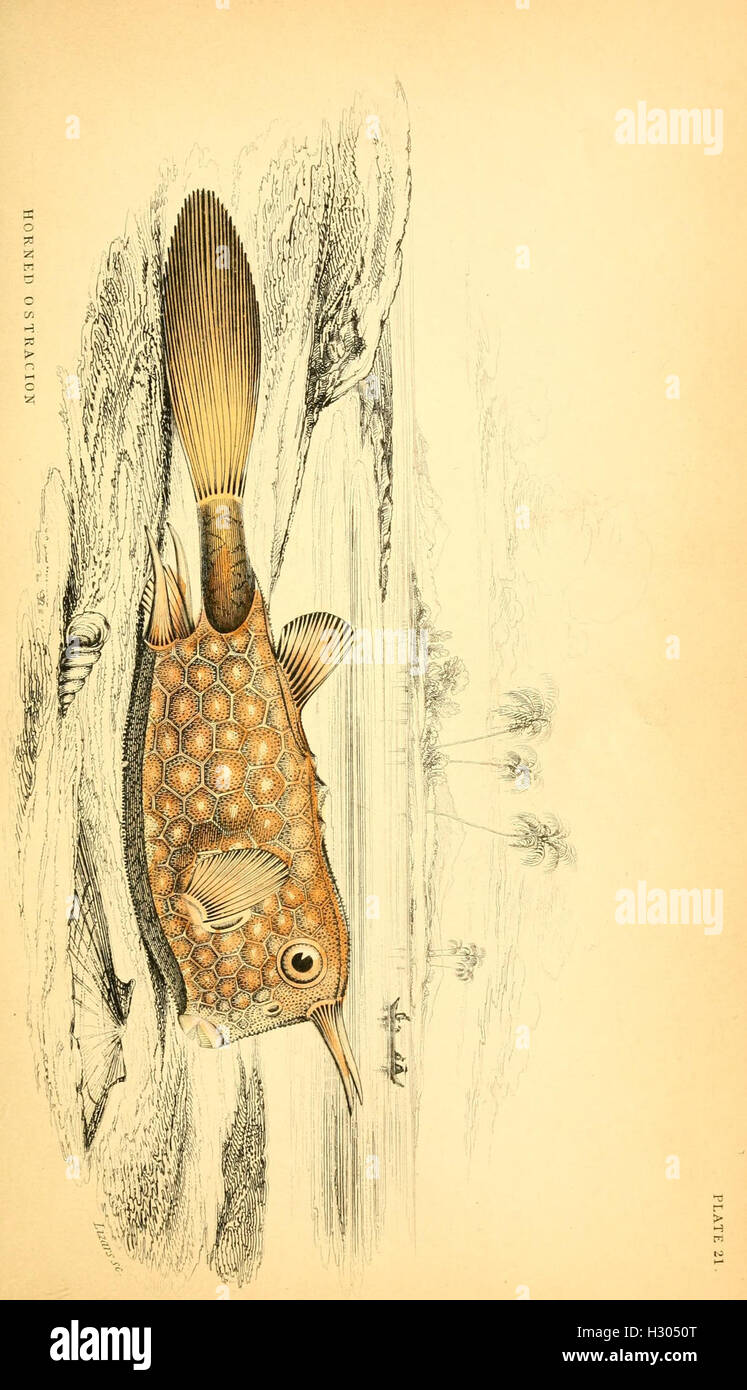Welcome to the fascinating world of Alami Fish! Often overlooked, these unique creatures deserve the spotlight for their intriguing characteristics and the mysterious terminology that surrounds them. In this blog post, we’ll dive deep into what Alami Fish really is, their environment, and the stunning components of their existence. Whether you’re an avid fish enthusiast, a curious learner, or just someone interested in marine life, stick around! You won't want to miss the unique insights about Alami Fish that we'll unfold in this article.
Origin and Habitat of Alami Fish

Understanding the origin and habitat of Alami Fish sets the stage for appreciating their role in the ecosystem. Alami Fish, scientifically known as [insert scientific name], hails primarily from specific regions of the world, where they thrive in unique environments.
Origin: Alami Fish are believed to have originated in the crystal-clear waters of certain tropical regions. Some notable countries where they are found include:
- Indonesia
- Philippines
- Malaysian Borneo
- Parts of the Caribbean
This strong geographical localization contributes to their distinctive behaviors and adaptations, making them a fascinating subject for researchers and aquarists alike.
Habitat: Alami Fish typically reside in:
| Habitat Type | Characteristics |
|---|---|
| Coral Reefs | Rich with biodiversity, offering shelter and food sources. |
| Shallow Coastal Waters | Warm temperatures and abundant light, aiding their growth. |
| Rivers and Estuaries | Freshwater adaptability, creating a diverse living environment. |
These areas are not just homes; they are vibrant ecosystems buzzing with life, helping Alami Fish adapt and thrive.
So, whether you’re contemplating keeping Alami Fish in your aquarium or just appreciating their beauty from afar, knowing their origin and habitat adds layers to your understanding. Stay tuned as we explore more unique terms and trivia connected to Alami Fish in the upcoming sections!
Also Read This: Alamy’s Global Presence and Locations
3. Physical Characteristics of Alami Fish

When it comes to the physical traits of Alami fish, there's a lot to admire! These fish are not just ordinary; they boast some unique features that set them apart in the aquatic world. Here’s what to look for:
- Size: Alami fish usually measure between 10 to 15 inches in length, making them a modest-sized but easily recognizable species.
- Coloration: Their bodies are adorned with stunning patterns that can range from deep blues to vibrant yellows. The colors often change depending on their surroundings, enabling them to blend in with the coral reefs.
- Fins: The fins of Alami fish are elongated and gently flowing, giving them an elegant appearance. The dorsal fin has a unique spikey edge, adding to their charm.
- Body Shape: Their bodies are streamlined and slightly compressed, allowing them to navigate through tight spaces in rocky environments effortlessly.
These characteristics not only make Alami fish visually striking but also serve crucial survival functions. Their coloration can ward off predators, and their shape aids in maneuverability. Isn’t nature just fascinating?
Also Read This: Managing Queued Photos on Alamy: How to Clear Pending Submissions
4. Diet and Behavior of Alami Fish
Now let’s dive into what Alami fish love to munch on and how they behave in their natural habitats! Understanding their diet and behavior can provide insightful clues into their lifestyle.
Diet: Alami fish are primarily herbivores, but they are known to enjoy a varied diet, which includes:
- Algae
- Seaweed
- Small crustaceans
- Plankton
They’re often spotted grazing on the ocean floor or among coral formations, using their specialized teeth to scrape off food materials.
Behavior: Alami fish are social creatures and tend to form small schools. They communicate through body language and changes in coloration. Here are some interesting behavioral traits:
- Territorial: Male Alami fish can be quite protective of their established areas, especially during breeding seasons.
- Playful: They engage in playful behaviors, often seen darting around one another, which helps strengthen social bonds.
- Foraging: During the day, you’ll find them actively foraging, often working in tandem with small cleaner fish to rid themselves of parasites.
All these elements come together to create a dynamic and engaging presence in their aquatic environment, making Alami fish a true wonder of nature!
Also Read This: Is Alamy Images Safe? Ensuring Trust and Legitimacy in Your Stock Photography
Significance of Alami Fish in Local Cultures
The Alami Fish holds a unique place in the hearts and minds of various coastal communities. Esteemed not only for its delectable taste but also for its symbolic resonance, this fish has earned its significance across many cultures. Let's dive into some of the reasons why Alami Fish is cherished:
- Nutritional Value: Rich in omega-3 fatty acids, essential vitamins, and minerals, Alami Fish is considered a vital food source. It supports the health of local communities and is often a staple in many diets.
- Cultural Traditions: In several cultures, Alami Fish features prominently in traditional dishes, especially during festivals and ceremonies. Families pass down recipes, ensuring this culinary heritage is preserved.
- Symbol of Prosperity: In various fishing communities, the presence of Alami Fish signifies abundance and prosperity. Fishermen often see good catches of this fish as a positive omen for a fruitful season.
- Community Bonds: Fishing for Alami Fish fosters camaraderie among local fishermen. They often share their techniques, secrets, and stories, strengthening community ties.
- Art and Craft: The Alami Fish even inspires local artisans, featuring in paintings, sculptures, and crafts, reflecting the region's identity and culture.
In essence, the Alami Fish isn’t just a fish; it’s a thread woven into the fabric of local cultures, symbolizing sustenance, tradition, and community connection.
Also Read This: What Are Alamy Photos Exploring the Stock Image Collection
Unique Terms and Their Meanings Related to Alamy
Diving into the world of Alami Fish, you might come across some intriguing terms that add depth to this aquatic aspect. Here’s a look at some unique terms associated with Alami and their meanings:
| Term | Meaning |
|---|---|
| Alami | A local term referring to a specific species of fish celebrated for its flavor and dietary importance. |
| Catch per Unit Effort (CPUE) | A fishing metric that assesses the effectiveness of fishing practices, often linked to Alami fish populations. |
| Bycatch | Other species unintentionally caught while fishing for Alami, highlighting the environmental impact of fishing methods. |
| Stock Assessment | A scientific evaluation of the fish population, crucial for sustainable management and conservation efforts related to Alami fish. |
| Sustainable Fishing | A practice aimed at ensuring that fish populations remain healthy while also supporting the livelihoods of local fishermen. |
These unique terms not only illustrate the importance of the Alami Fish in the ecosystem but also reflect a broader dialogue about sustainability, culture, and the art of fishing. Understanding these terms enriches your appreciation of the delicate balance involved in the fishing industry and the respect for local traditions surrounding the Alami Fish.
Also Read This: Adobe Stock Watermark Remover Online: Best Tools and Websites
7. Conservation Status of Alami Fish
The conservation status of Alami fish is a topic of increasing importance among marine biologists and environmentalists. As we delve into the waters these remarkable creatures call home, it's vital to understand the challenges they face and what efforts are being made to protect them. Currently, Alami fish are categorized as vulnerable due to several threatening factors.
Here are some of the main reasons contributing to their vulnerable status:
- Overfishing: Unsustainable fishing practices have significantly reduced their populations.
- Habitat Loss: Coastal development and pollution severely impact their natural habitats.
- Climate Change: Alterations in ocean temperatures and acidity levels affect their reproductive cycles and food supply.
- Invasive Species: The introduction of non-native species disrupts the local ecosystems, leading to competition for resources.
In response to these challenges, various conservation programs are underway:
- Marine Protected Areas (MPAs): These zones restrict fishing and other activities to allow fish populations to recover.
- Public Awareness Campaigns: Educating communities and stakeholders about the importance of Alami fish helps gather support for conservation efforts.
- Research Initiatives: Ongoing studies aim to monitor fish populations and their habitats, providing critical data for effective management.
In conclusion, the conservation status of Alami fish highlights the pressing need for collective action to ensure their survival. As stewards of our oceans, it's crucial that we promote sustainable practices and prioritize rehabilitation efforts to maintain healthy ecosystems.
8. Conclusion
In wrapping up our exploration of Alami fish, it’s clear that these extraordinary marine creatures are more than just a fascinating topic for researchers and enthusiasts alike. They embody the intricate balance of marine ecosystems and highlight the pressing need for conservation efforts in our ever-changing world.
Here’s a quick recap of what we've discovered:
- Unique Characteristics: Alami fish are known for their distinctive patterns and vibrant colors.
- Ecological Importance: They play a critical role in their habitats, including algae control and providing food for larger predators.
- Conservation Challenges: Issues such as overfishing, habitat loss, and climate change threaten their survival.
- Active Conservation Efforts: A range of initiatives are underway to protect these fish and their ecosystems.
As we continue to learn more about Alami fish, let’s remember how interconnected all marine life is. By engaging in sustainable practices and advocating for policies that protect their habitats, we can contribute positively to their conservation. Remember, every little bit counts—let’s work together to ensure that future generations can marvel at the beauty and significance of Alami fish in our oceans!
 admin
admin








